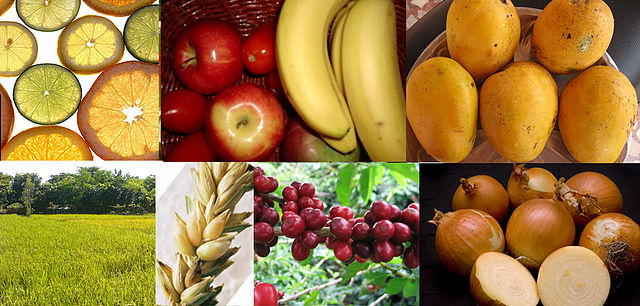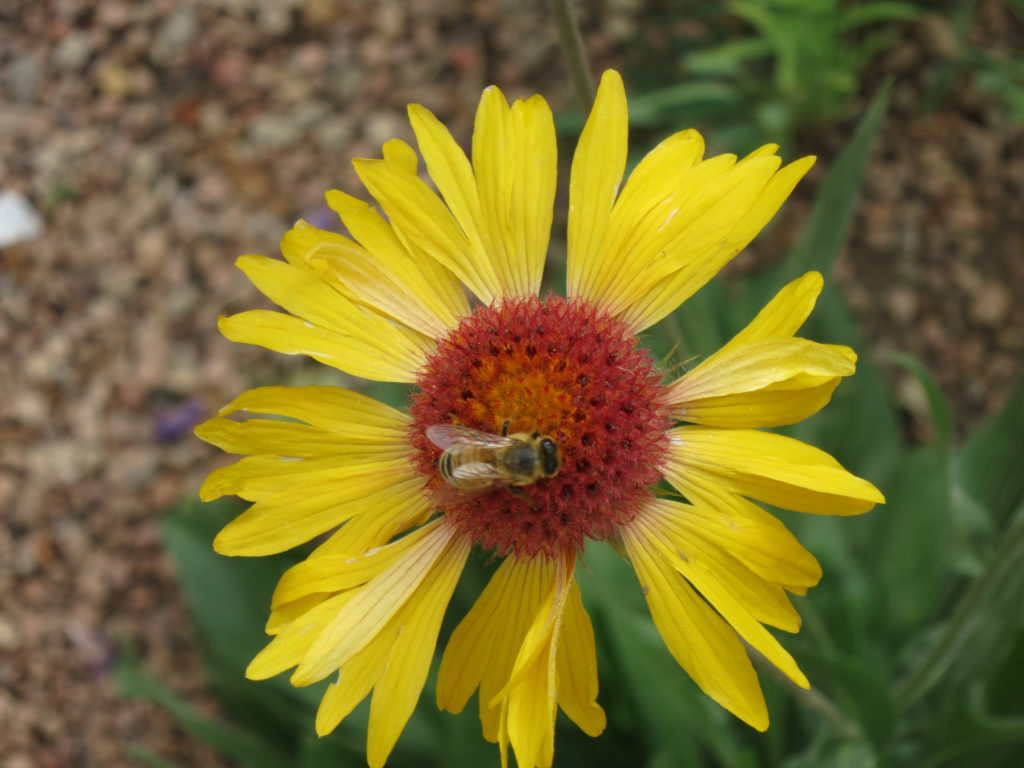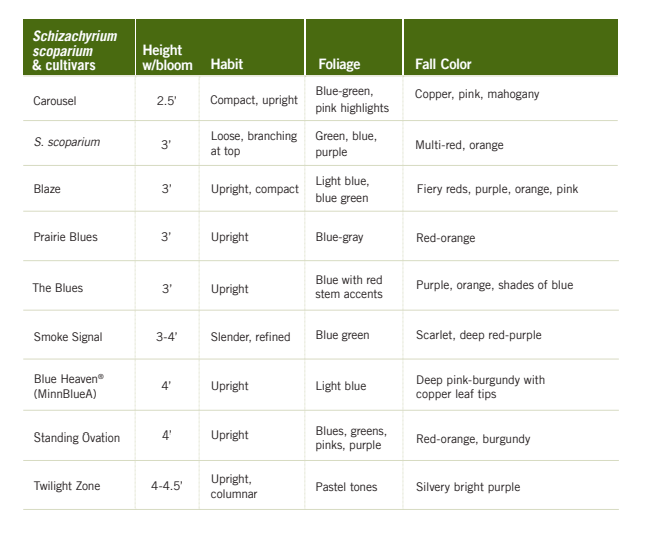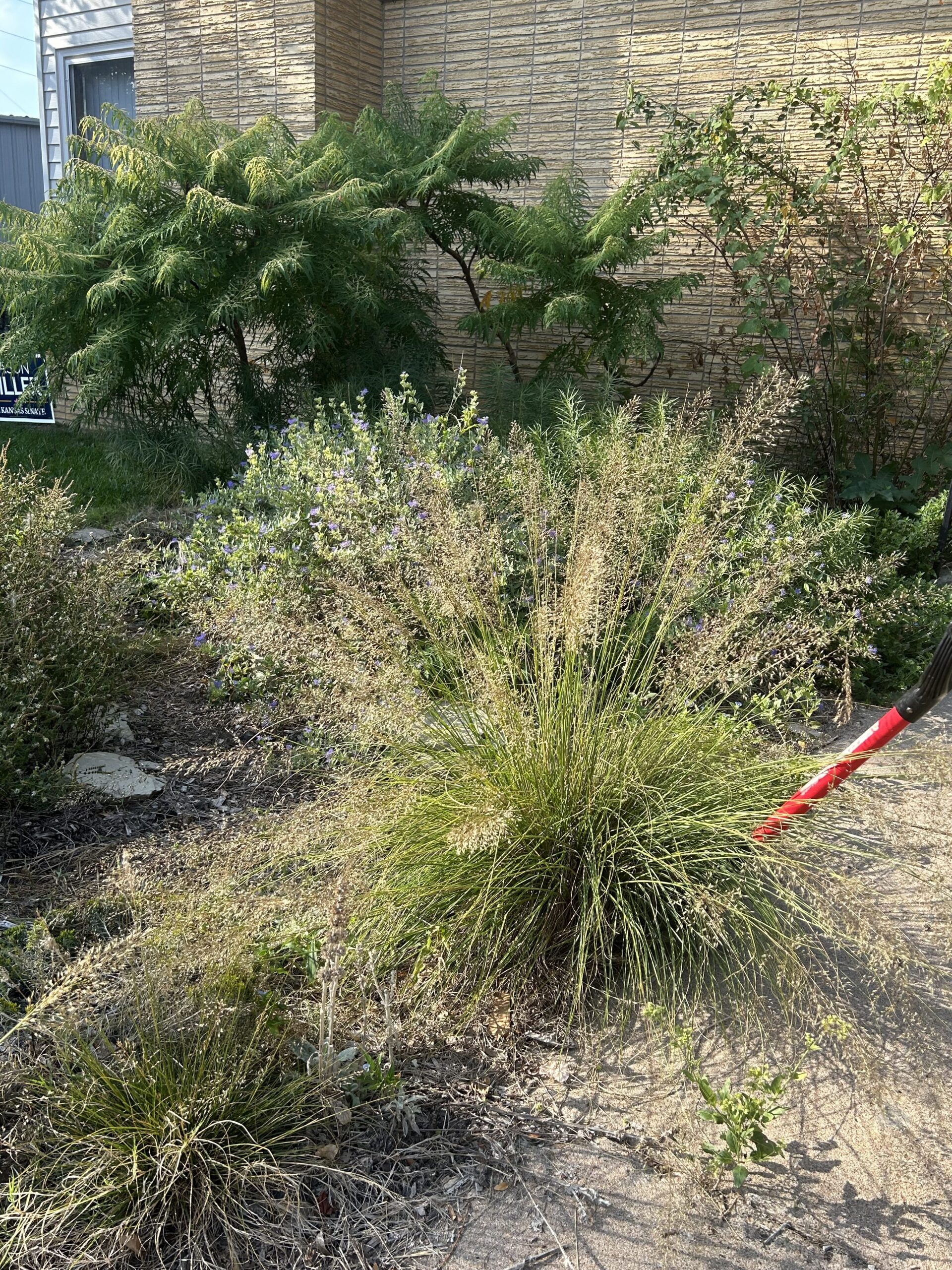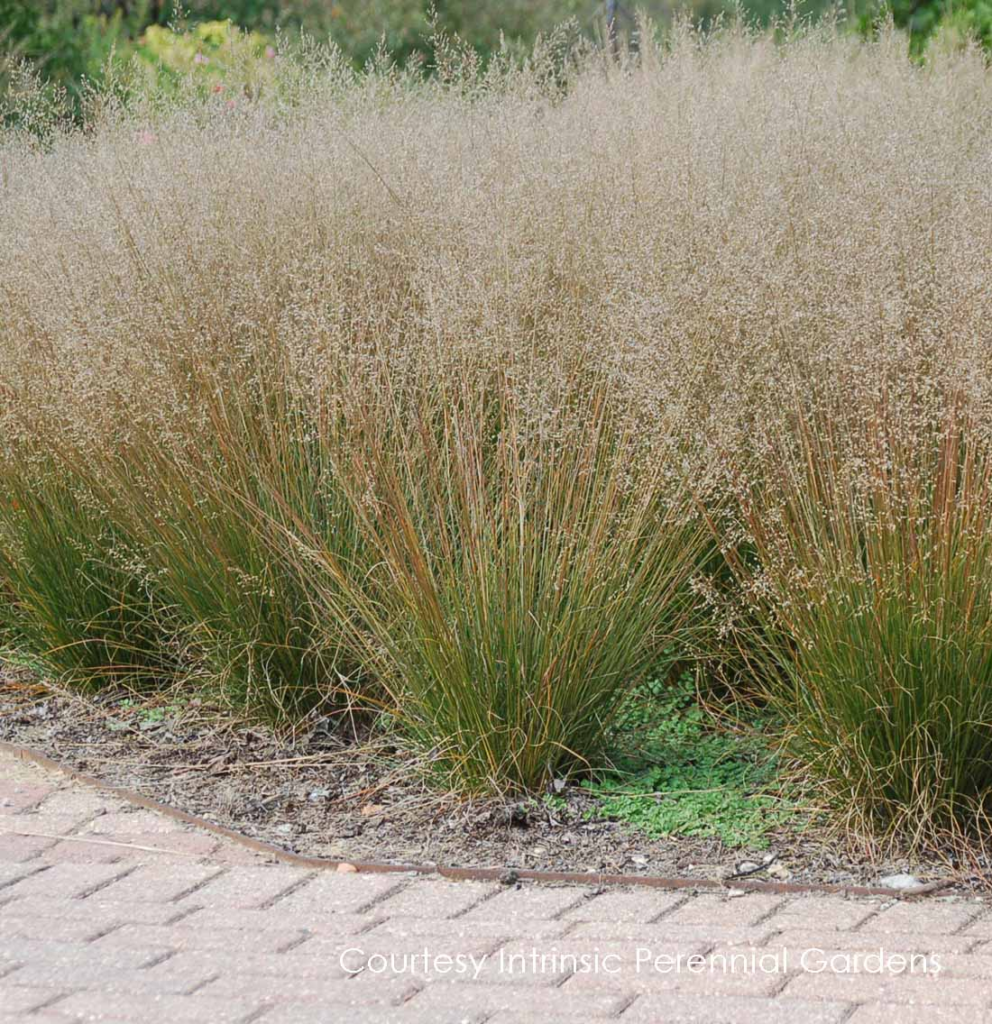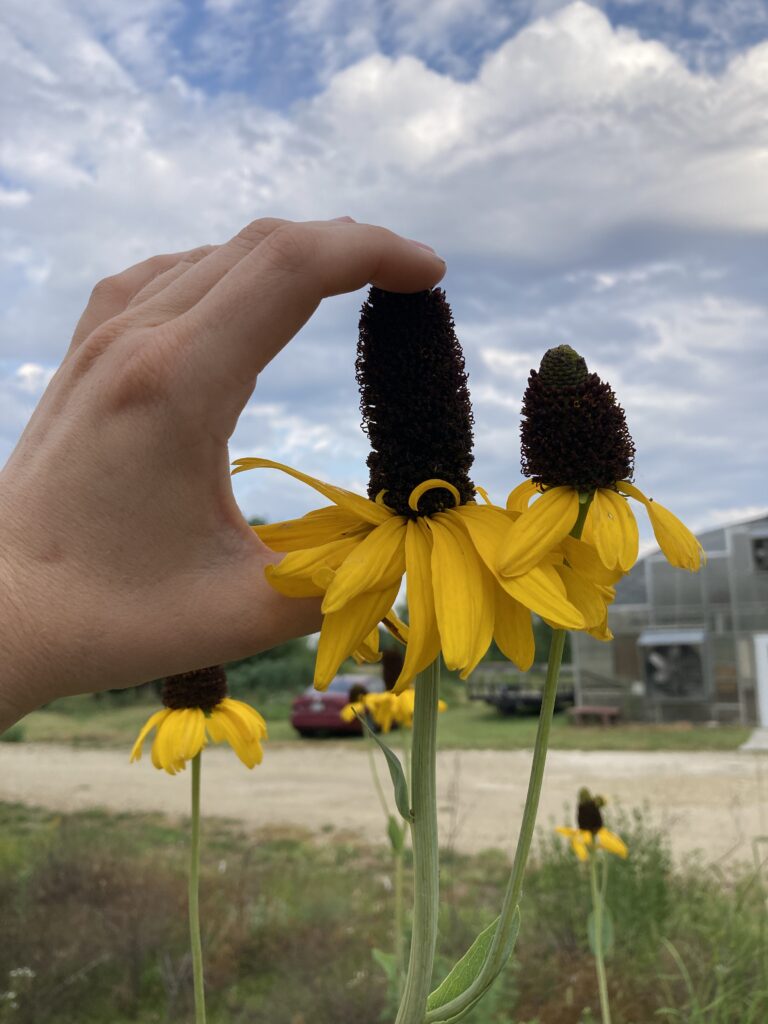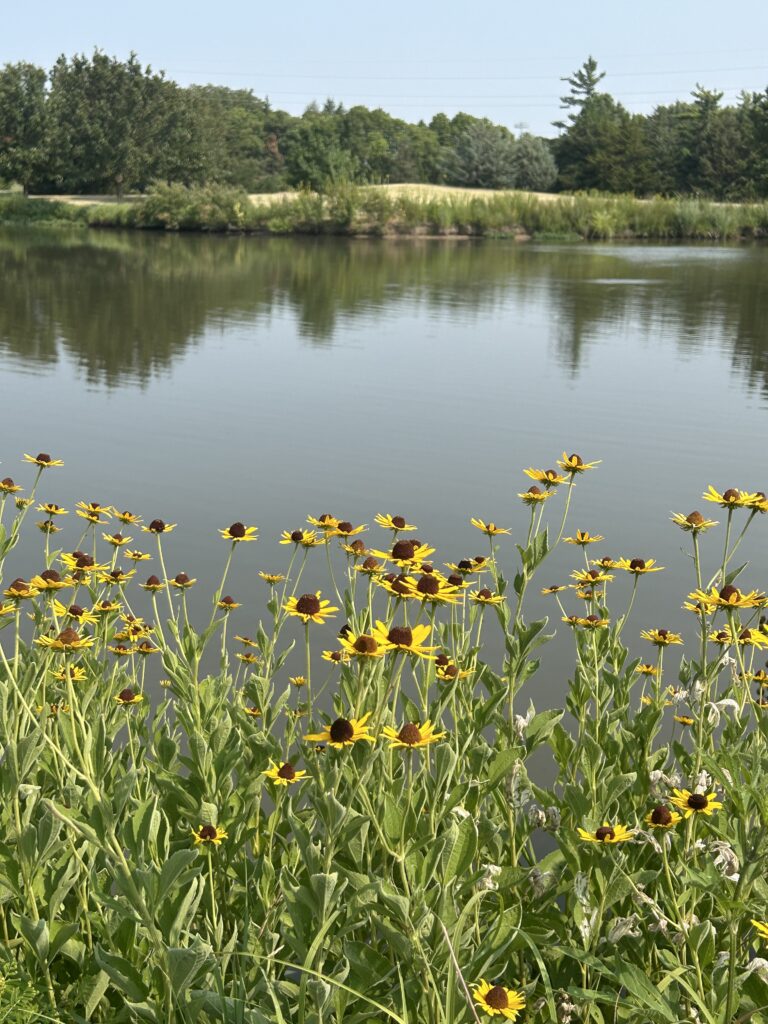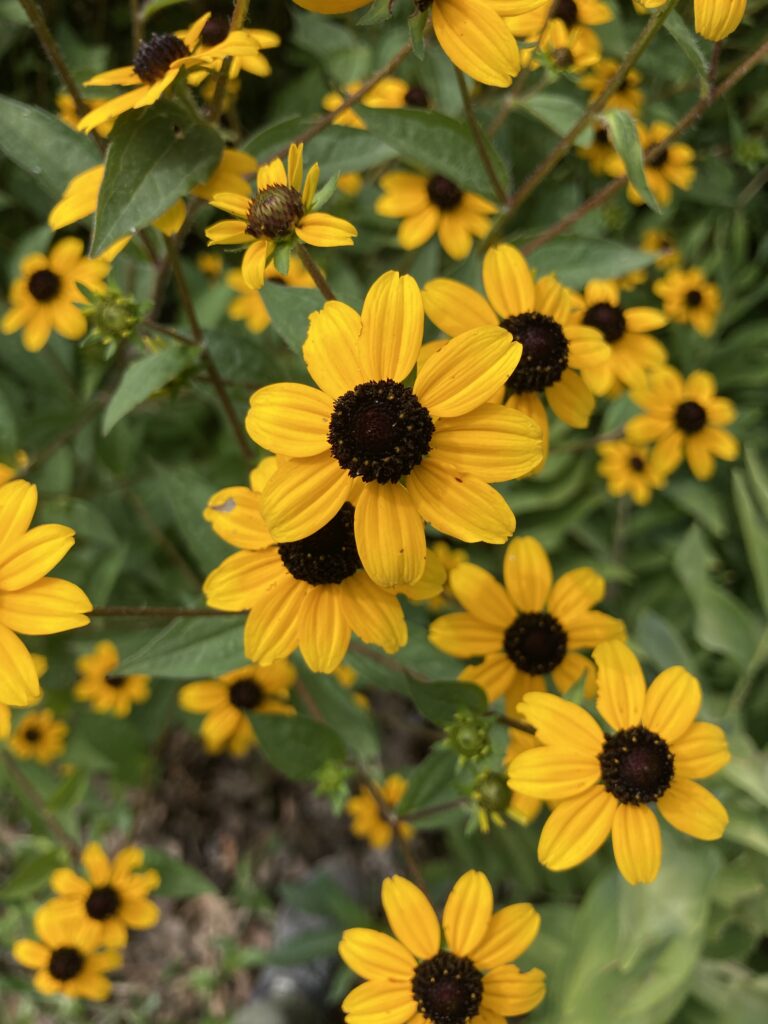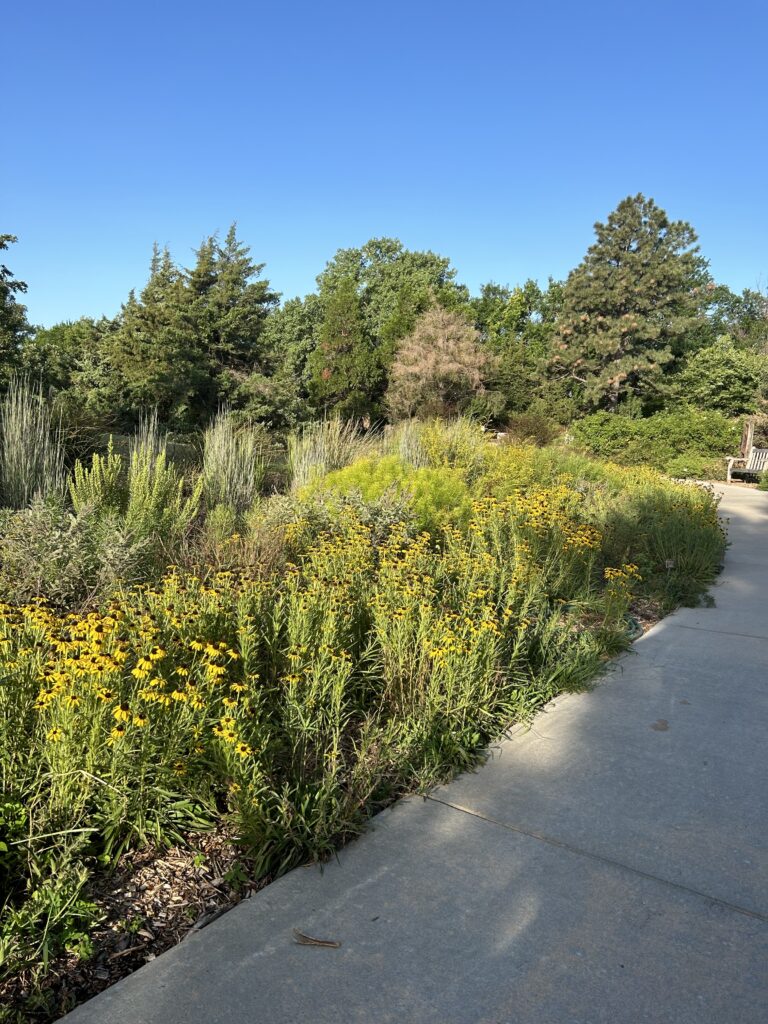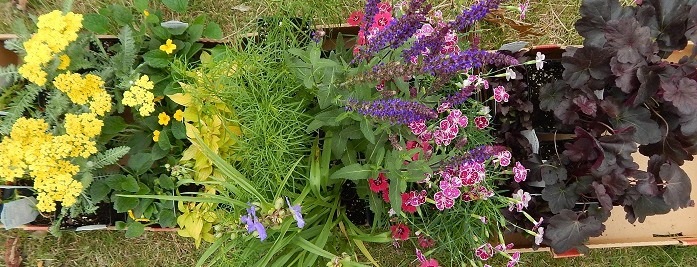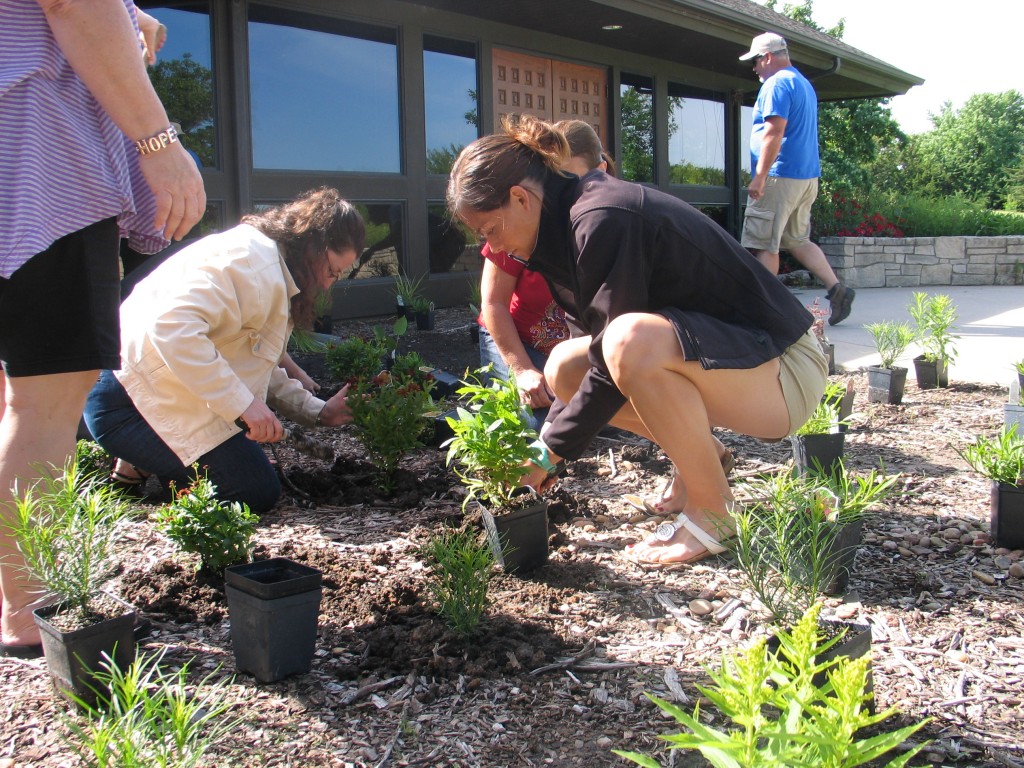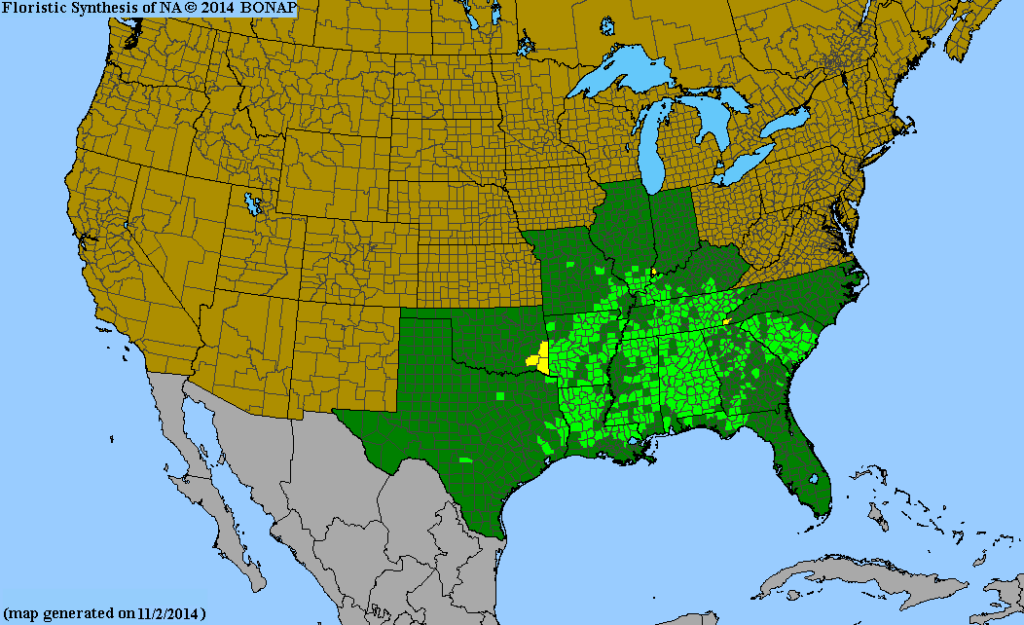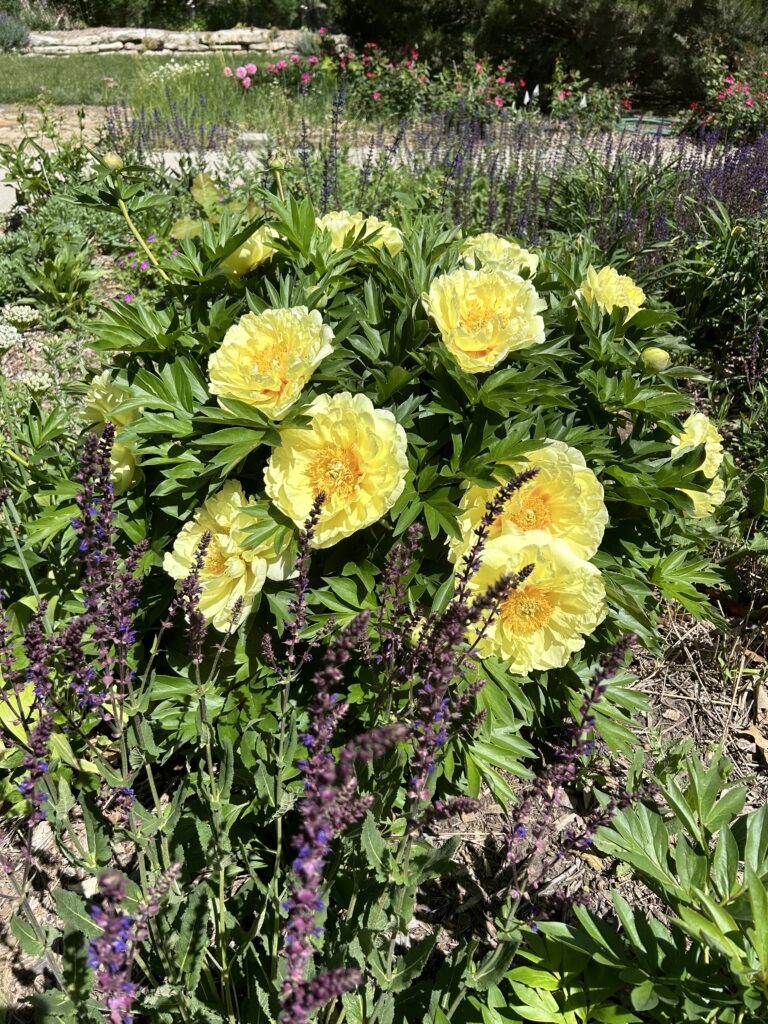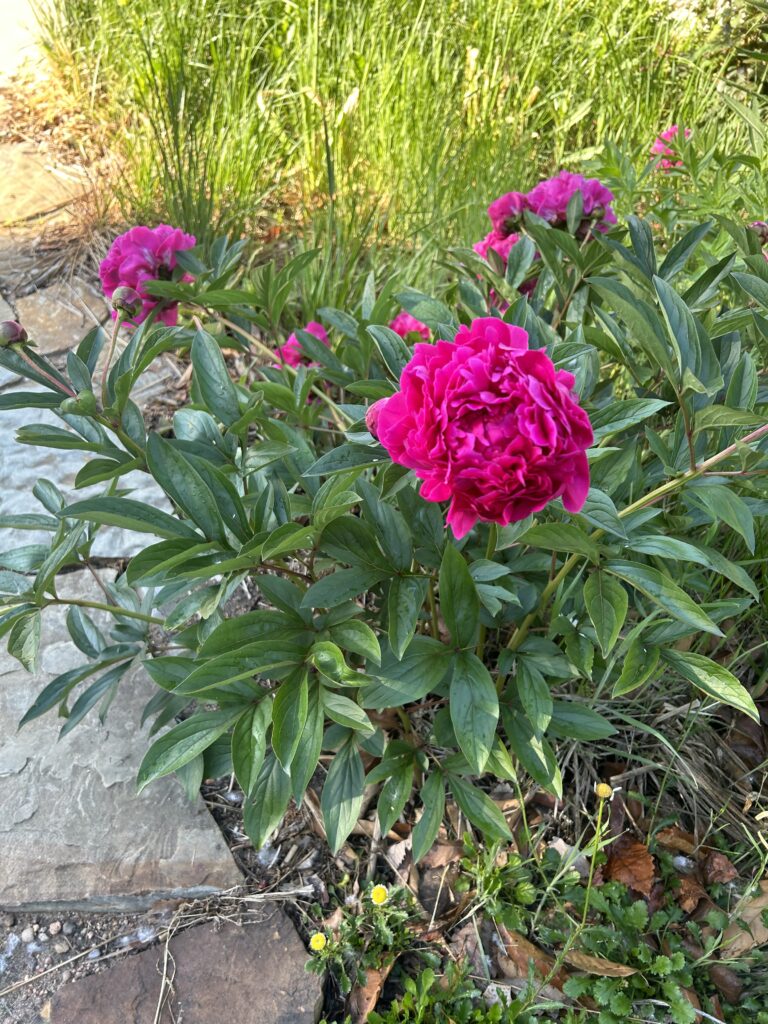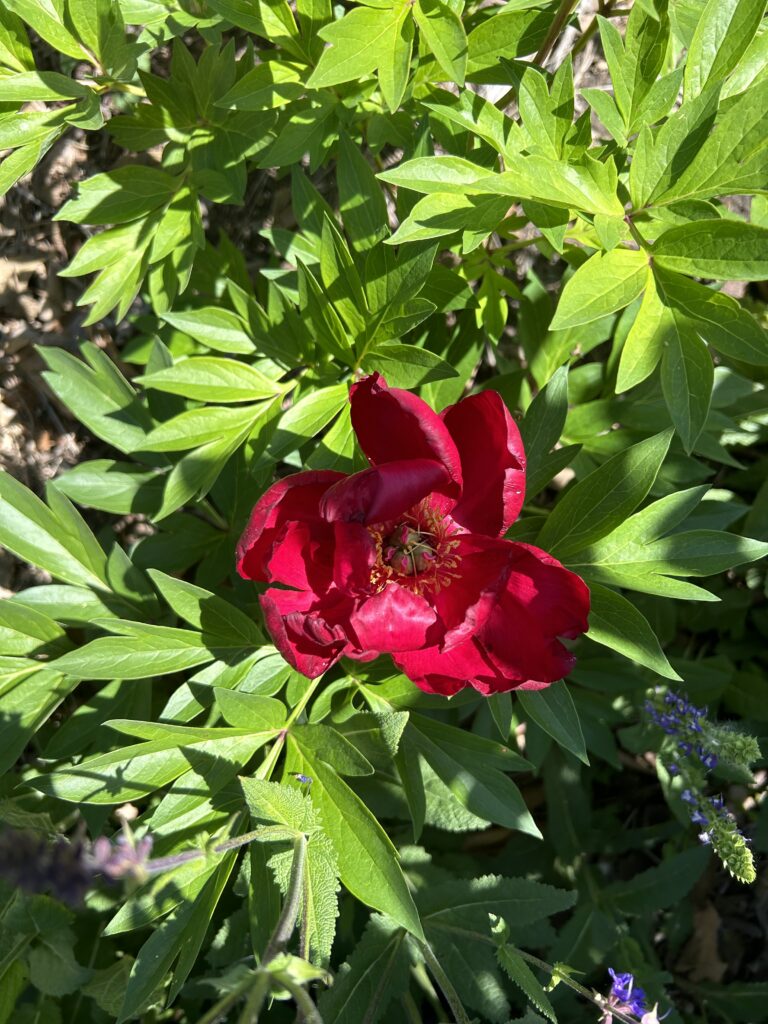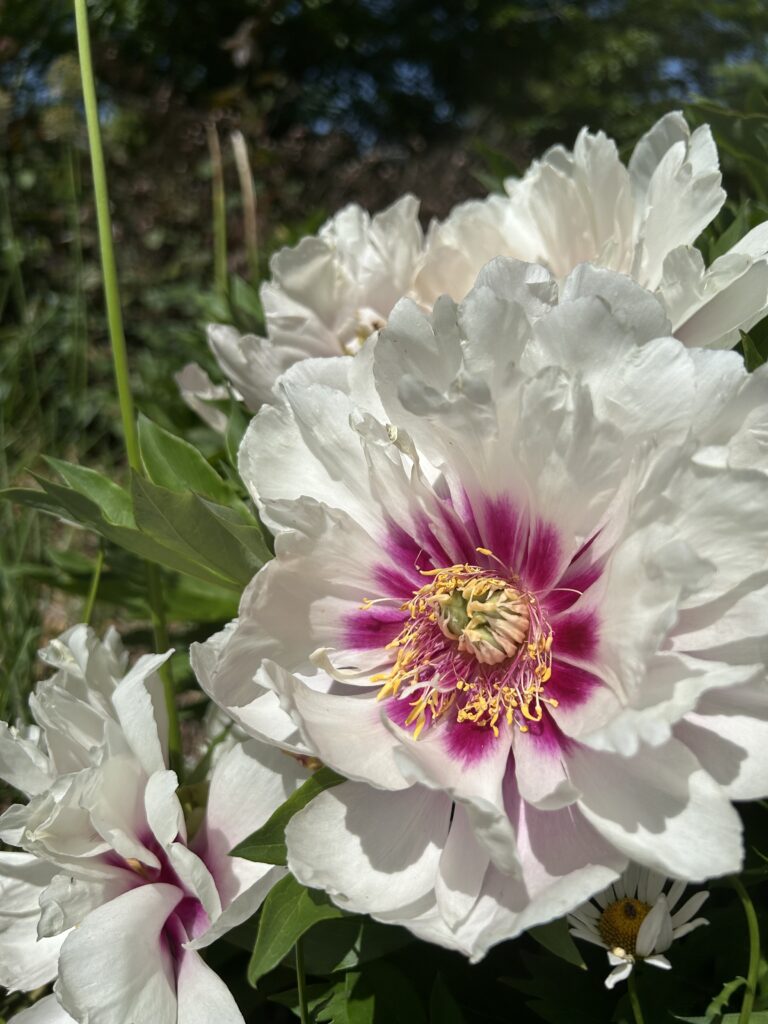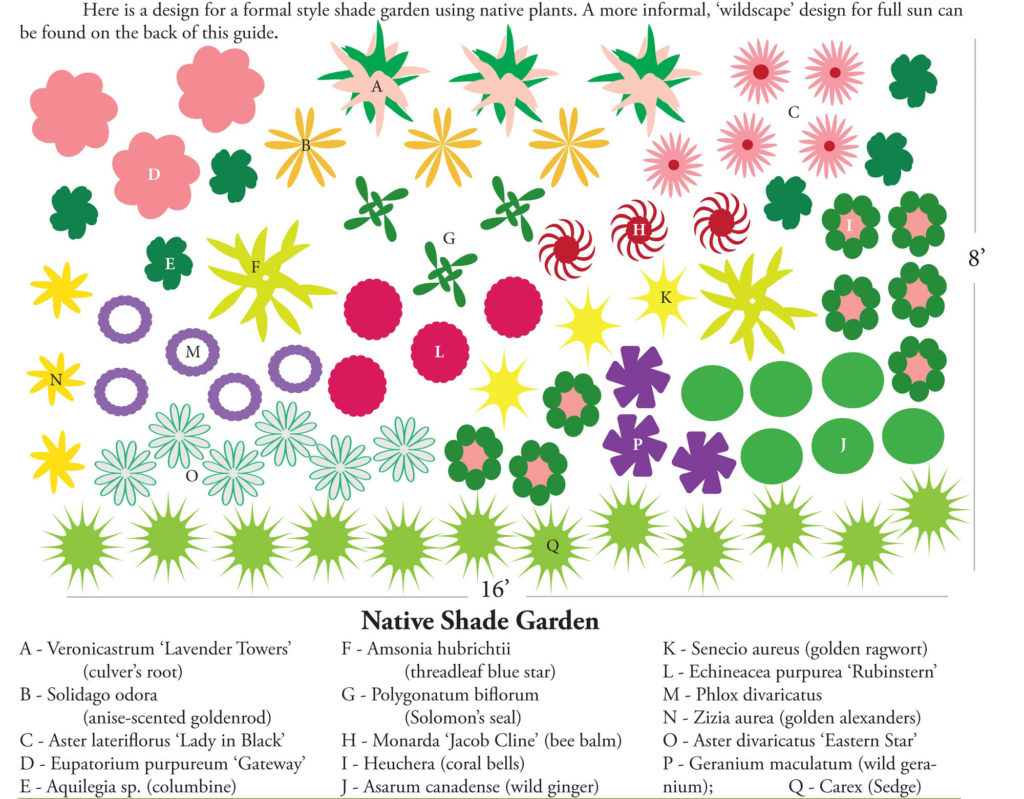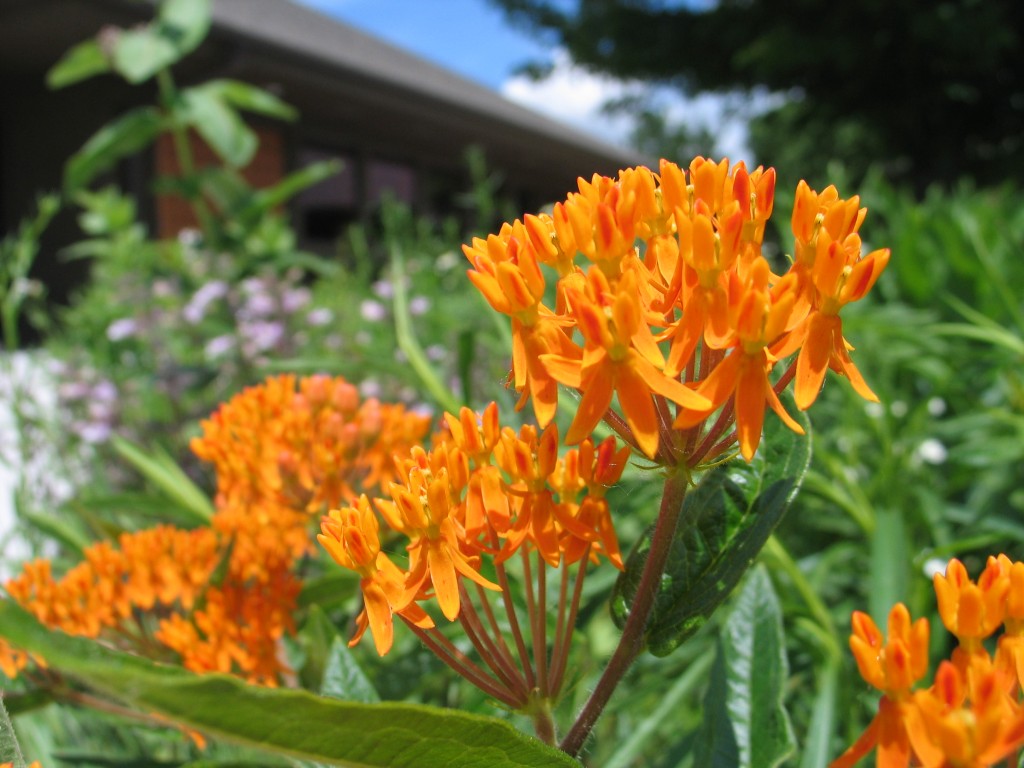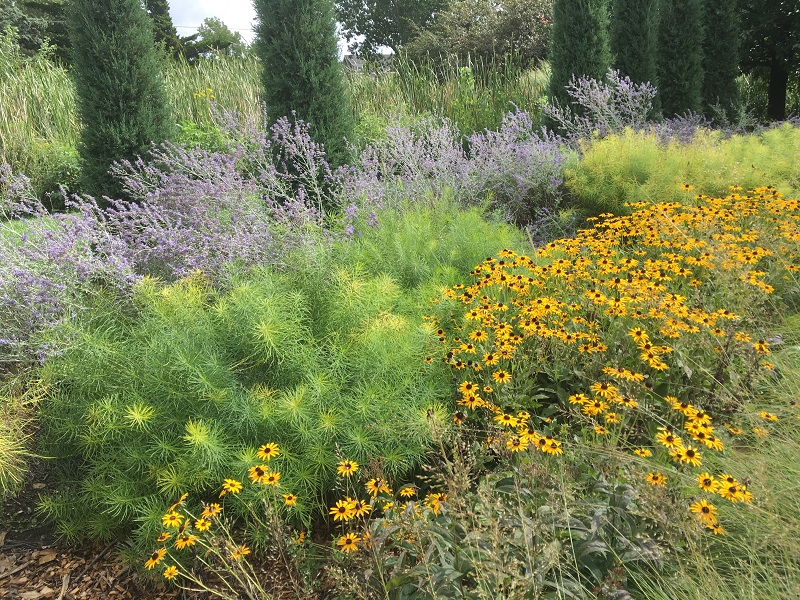One of the lesser known services the Arboretum provides is native landscape consultation and design. We have had the privilege of working with many homeowners who want help creating aesthetically pleasing and ecologically friendly spaces in their yards. These are sometimes small plantings around a mailbox, or huge, multi-layered installations. Each is unique, and staff get the pleasure of watching these gardens mature and thrive as the homeowners send updates and attend our events. Following is the story of a large meadow planting that stands out as a particularly special example.
Prairie to Prairie Garden
In spring of 2019 Arboretum staff were approached by a homeowner who was building a new home in the country, surrounded by expansive views of the prairies all around it. Rather than the typical monoculture green lawn around the new house, this client wanted a lush garden space to attract birds and bugs, and blend the residence into the Kansas landscape.
From this conversation, an idea emerged: a meadow-style garden as a gradient space from pasture and prairie to garden and home, a smooth transition from wild to tended. Closest to the house would be formal beds, with straight lines and steel edging. The design would include less structure towards the meadows edges. We discussed the aesthetic differences between a naturally established, randomly composed prairie and a prairie garden, which has distinctly human patterns and groupings. And, critically, much human maintenance to keep it so!
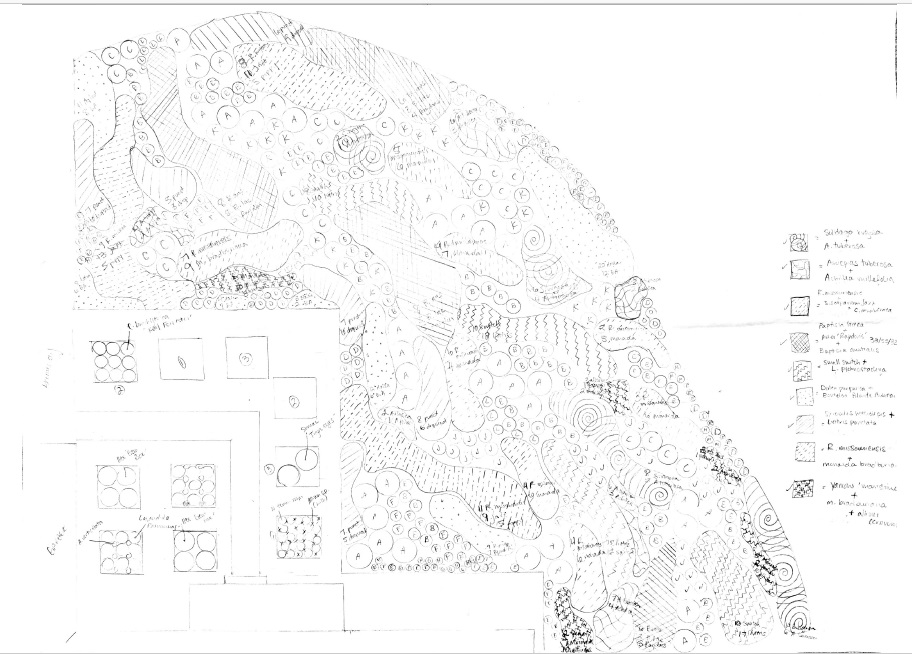
To accomplish these goals, my design included familiar prairie species in sweeping lines and clusters, and at a much higher ratio of flowers to grass than found in the surrounding area. Inspired by the designs of landscape legends Piet Oudolf and Roy Diblick, I aimed for flowing color ways, careful bloom timing and thick matrix plantings. The design includes thirty five different species, with many more added since.
Plant, Water, Weed, Repeat

Over one thousand plants were installed early June of 2020, and the homeowner has continued adding and adjusting every year since. When first planted, the task of watering and weeding such a huge garden was monumental. Many hours were spent plucking bindweed seedlings and crabgrass clumps before they could take root. Thanks to diligent work by the homeowner and her partnership with a local landscaping company to assist with ongoing maintenance, a high percentage of plants established beautifully. Most have grown larger and more vigorously than expected!

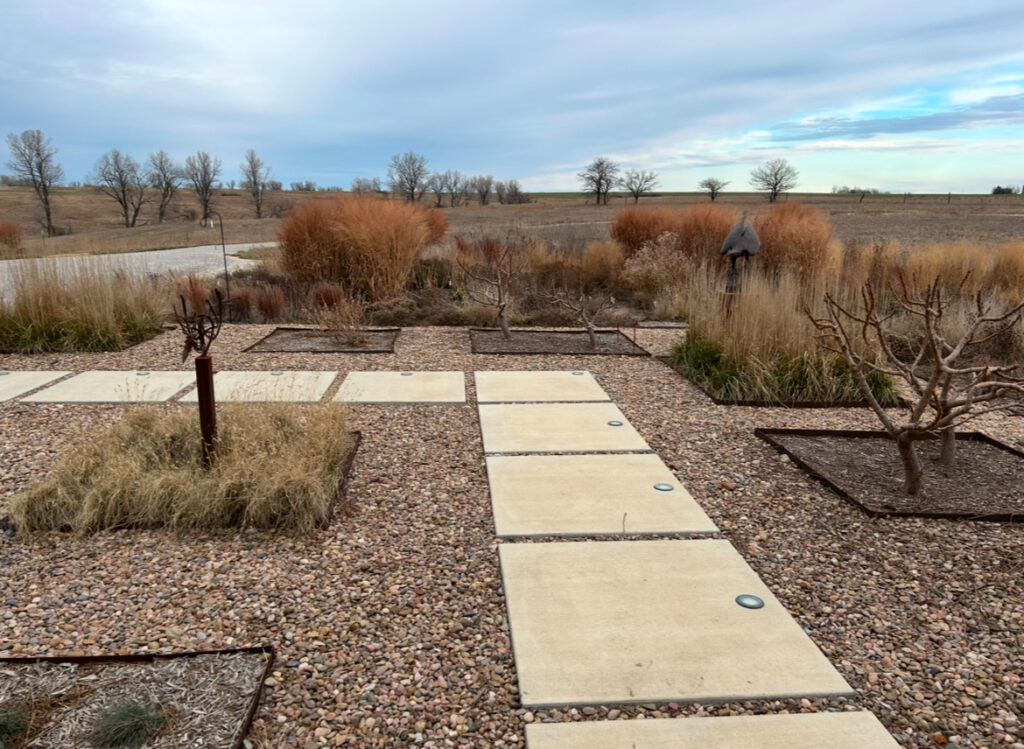
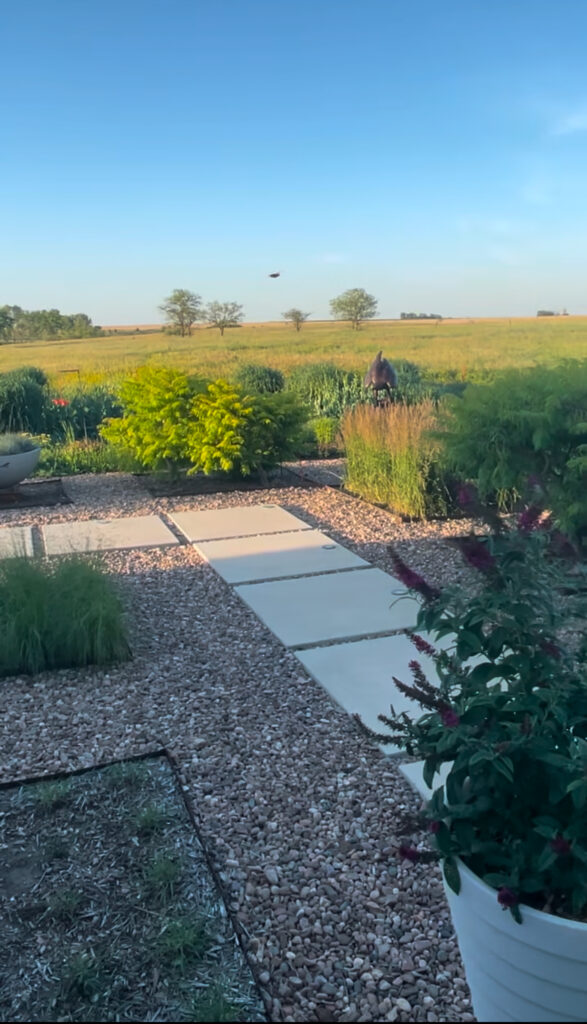
New Visitors
As the meadow grew, so did sightings of insects, birds, and mammals. Hoards of black swallowtail butterfly caterpillars devoured the Zizia I’d included in the design. Goldfinches pillaged Rudbeckia maxima seed heads. Thirteen-lined ground squirrels started scampering amongst the grasses near the house. Deer tramped through the garden occasionally for a tasty nibble.

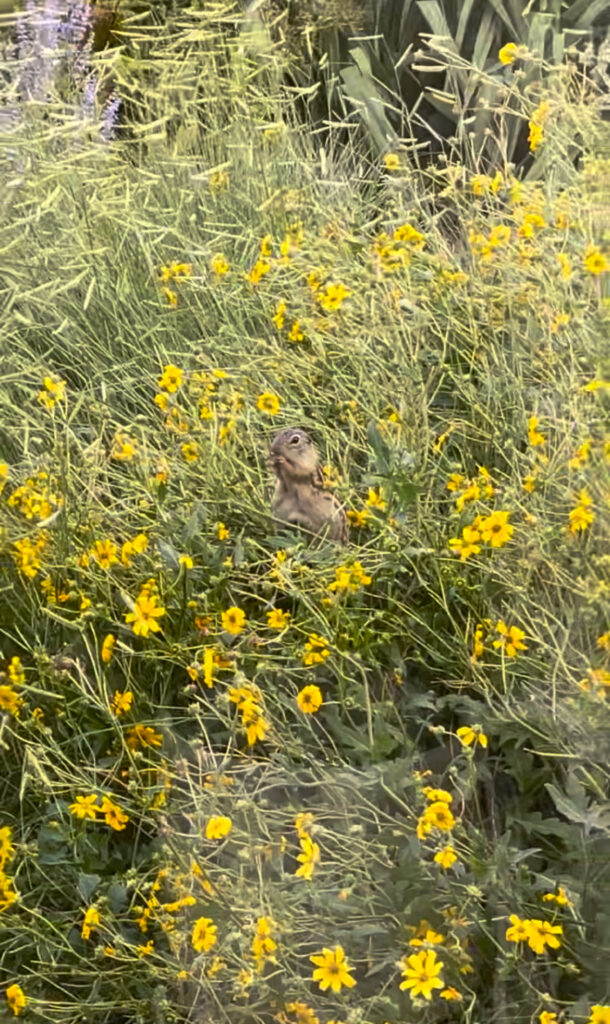
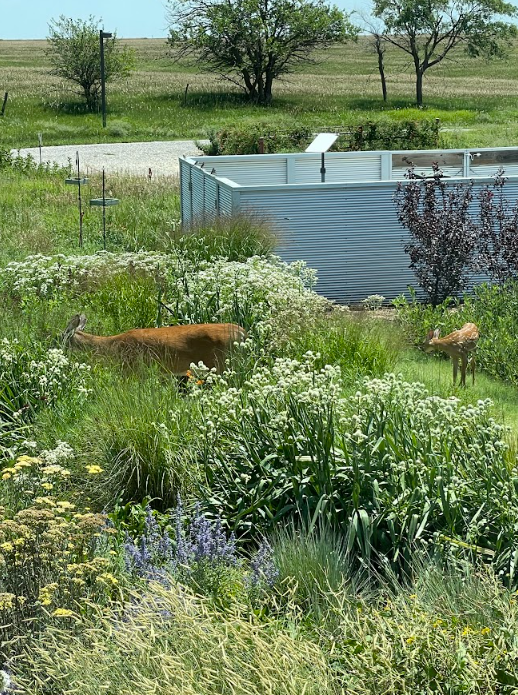
Now the meadow is mature but ever changing. The homeowner is continually filling gaps with new species and dividing old ones when they get too large. We have provided follow up consultations for this meadow. We’ve also designed additional installments along the driveway and near the back deck. I couldn’t be happier with how this landscape turned out, and am grateful for the chance to follow its progress!

